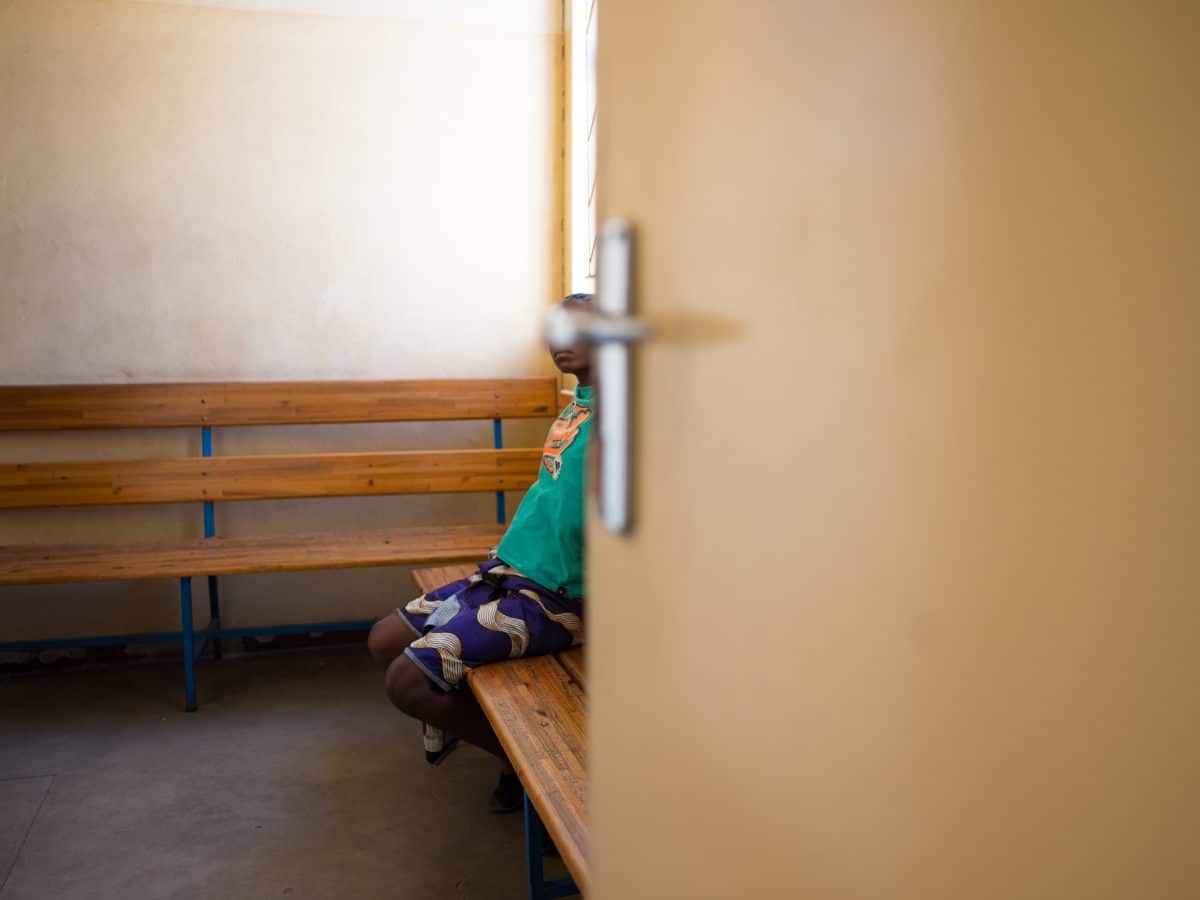The 2023 Zambia biobehavioral survey (BBS) with population size estimation (PSE) among female sex workers (FSW) and sexually exploited girls (SEG) was conducted between March and May 2023 in the towns of Chipata, Kitwe, Lusaka, Mazabuka, Mongu, and Solwezi. The BBS aimed to assess Zambia’s progress toward the Joint United Nations Programme on HIV/AIDS (UNAIDS) 95-95-95 HIV targets and estimate the number of FSW/SEG in each town. The survey enrolled 2,312 FSW/SEG using respondent-driven sampling: 385 each in Chipata, Kitwe, Mazabuka, Mongu, and Solwezi and 387 in Lusaka. The survey was conducted by ICAP at Columbia University in collaboration with the Zambia National HIV/AIDS/STI/TB Council (NAC) and the Tropical Diseases Research Centre (TDRC) with funding from the U.S. President’s Emergency Plan for AIDS Relief (PEPFAR) and technical assistance provided by the U.S. Centers for Disease Control and Prevention (CDC).
Major conclusions from the survey include:
- HIV prevalence among FSW/SEG aged 16 years and older was high, ranging from 32.0% in Lusaka to 45.4% in Mongu. HIV prevalence was highest among older FSW 35 years and older, ranging from approximately 66% to 81% across towns. Young FSW/SEG aged 16-24 years are also at substantial risk, with HIV prevalence ranging from approximately 10% to 17% across towns.
• Although the majority of FSW/SEG who were HIV-negative or unaware of their HIV status had heard of PrEP, uptake of PrEP was low. Opportunities for HIV prevention are critical among women who exchange sex for money, goods, or services in Zambia.
• The prevalence of HIV VLS among FSW/SEG living with HIV aged 16+ years showed noteworthy program accomplishment. Chipata, Mongu, Mazabuka, and Lusaka have met or surpassed the UNAIDS 2025 target of 85.7%, closely followed by Kitwe (85.2%) and Solwezi (82.2%).
• Progress on the first UNAIDS 95-95-95 target, awareness of HIV status among FSW/SEG living with HIV, was strong but varied across towns. Chipata (94.8%) nearly met the target, closely followed by Mongu (93.0%) and Mazabuka (91.4%). However, Lusaka, Kitwe, and Solwezi had not yet reached the 2020 UNAIDS target of 90%. Continued efforts to increase knowledge of HIV status is key to achieving global and national treatment targets.
• All towns have met the second and third UNAIDS 95-95-95 targets, with over 95% of FSW/SEG living with HIV who know their HIV status on ART, and among them, over 95% had suppressed HIV viral load.
• Nearly half of FSW/SEG in Chipata and Mongu and approximately one third of FSW/SEG in Kitwe, Lusaka, Mazabuka, and Solwezi last received HIV messaging from a peer educator or outreach worker within the six months prior to the survey. Never having received HIV messaging from a peer educator or outreach worker was common, ranging from 45.5% in Solwezi to 30.7% in Mongu.




